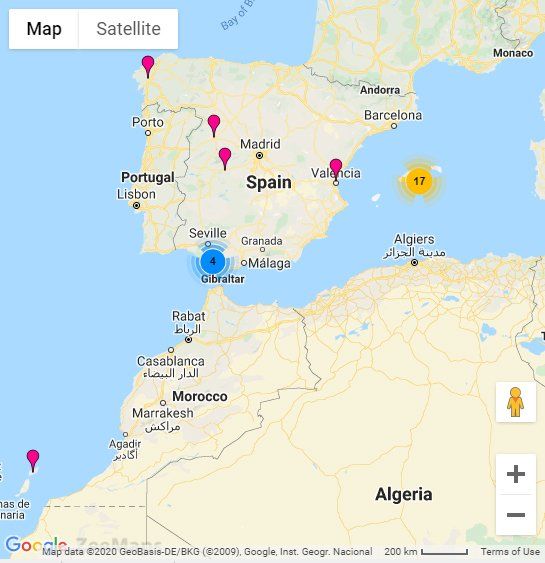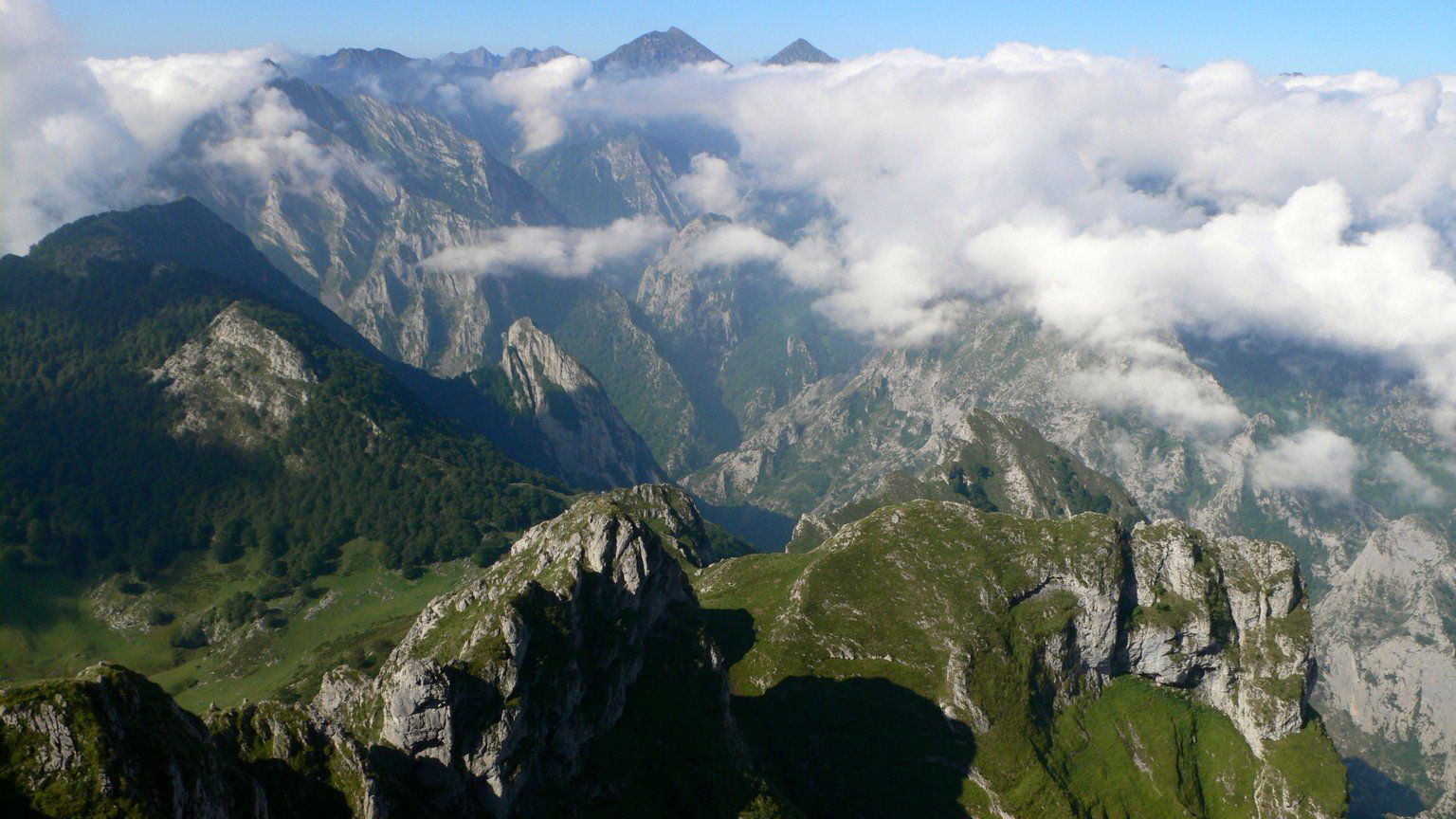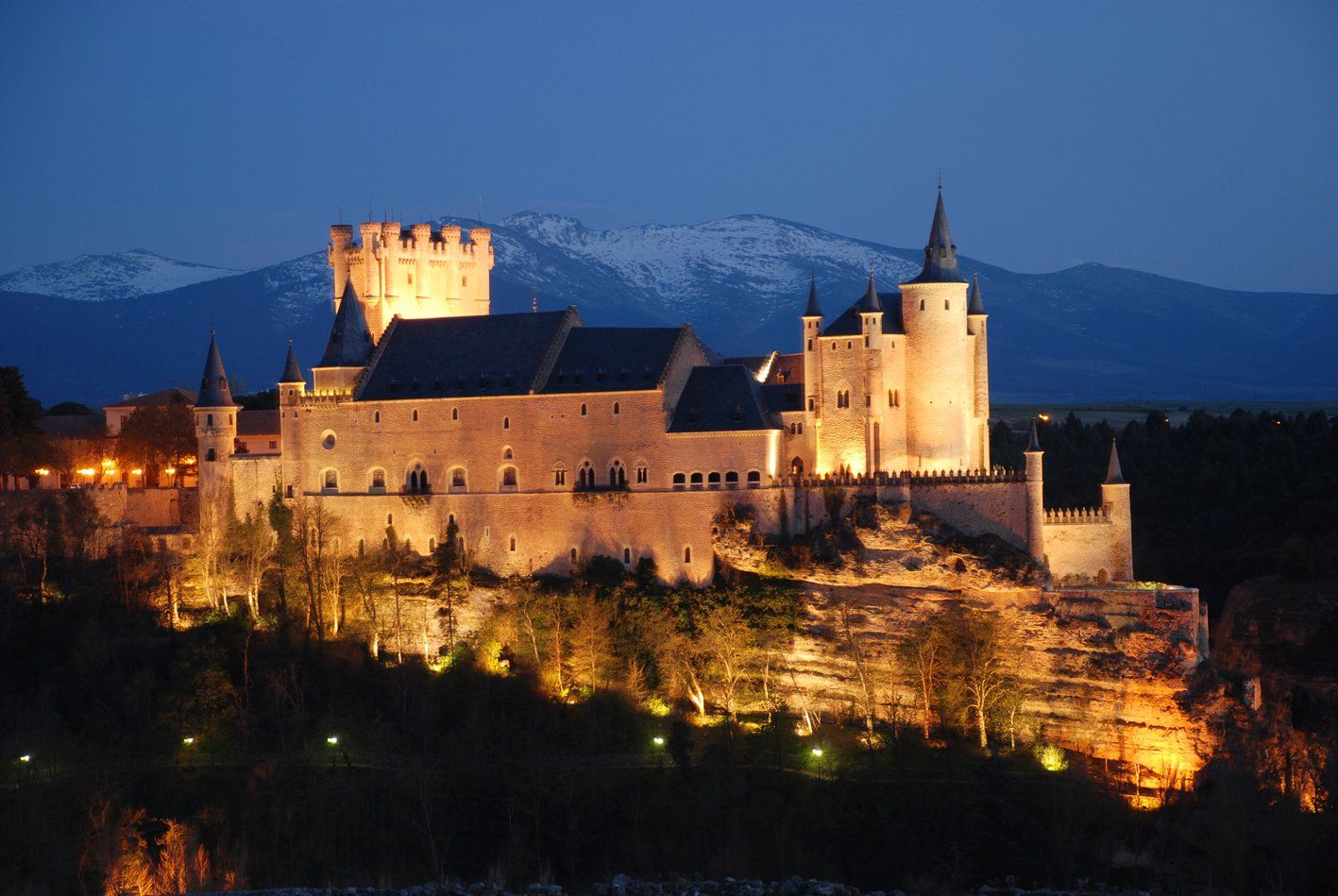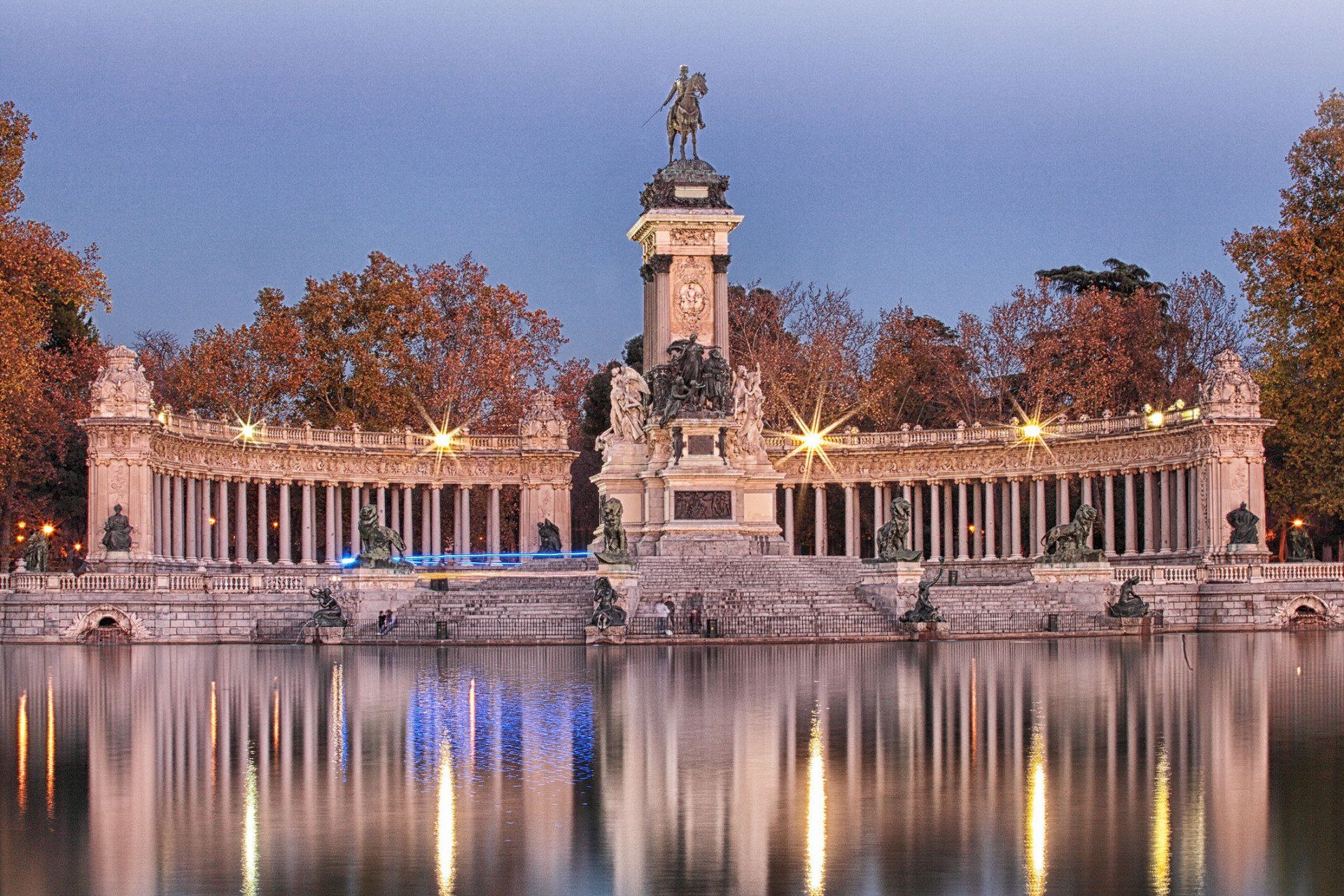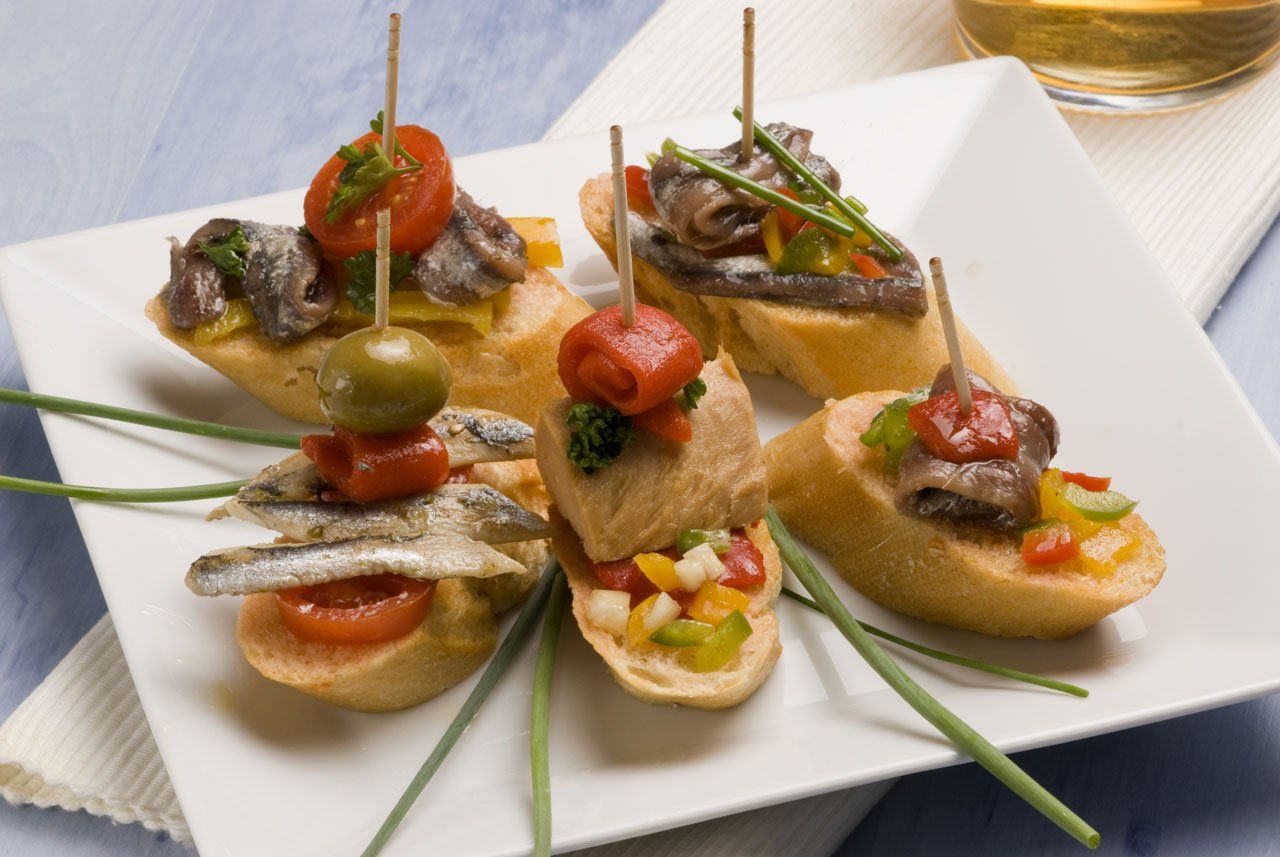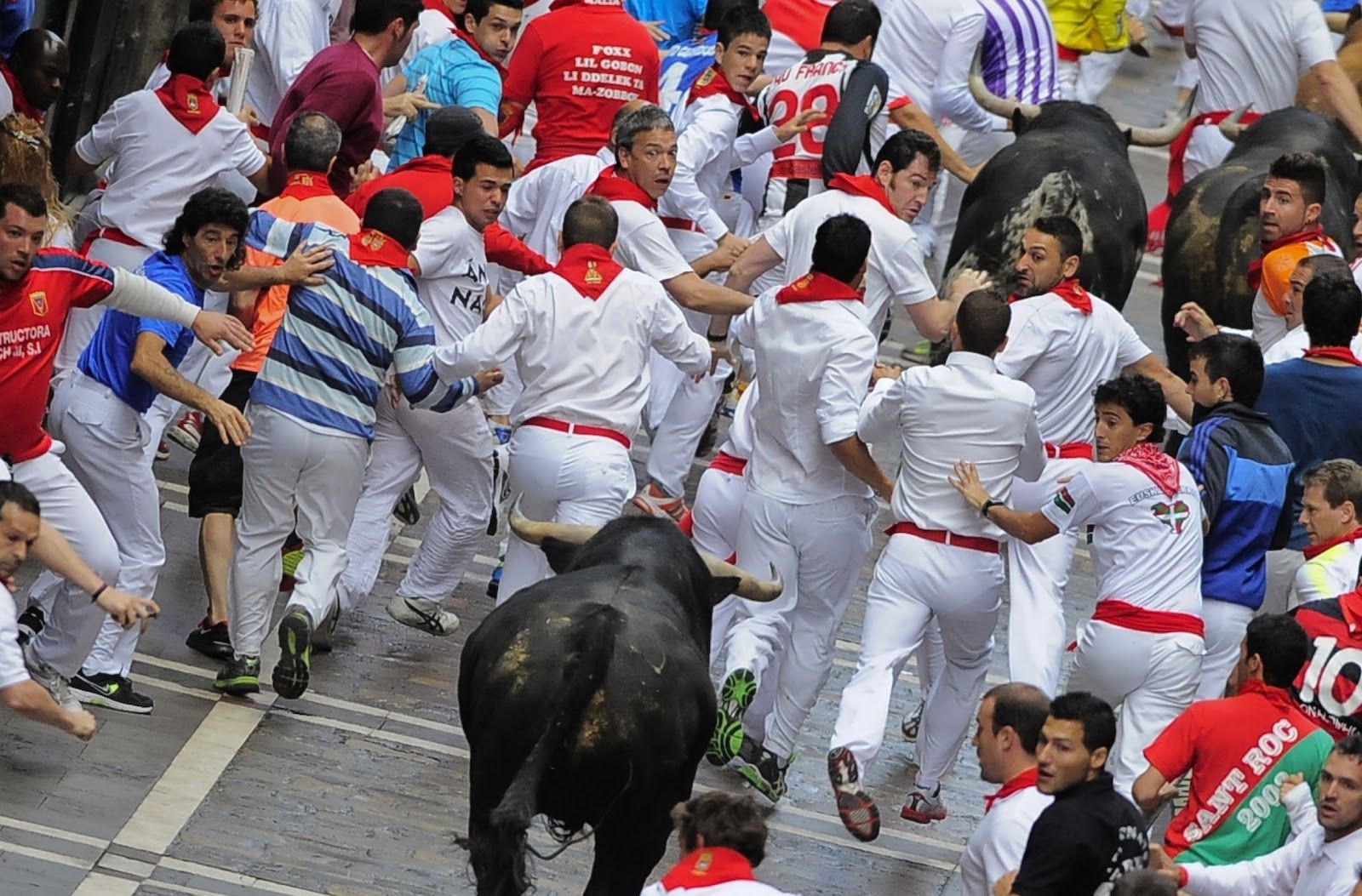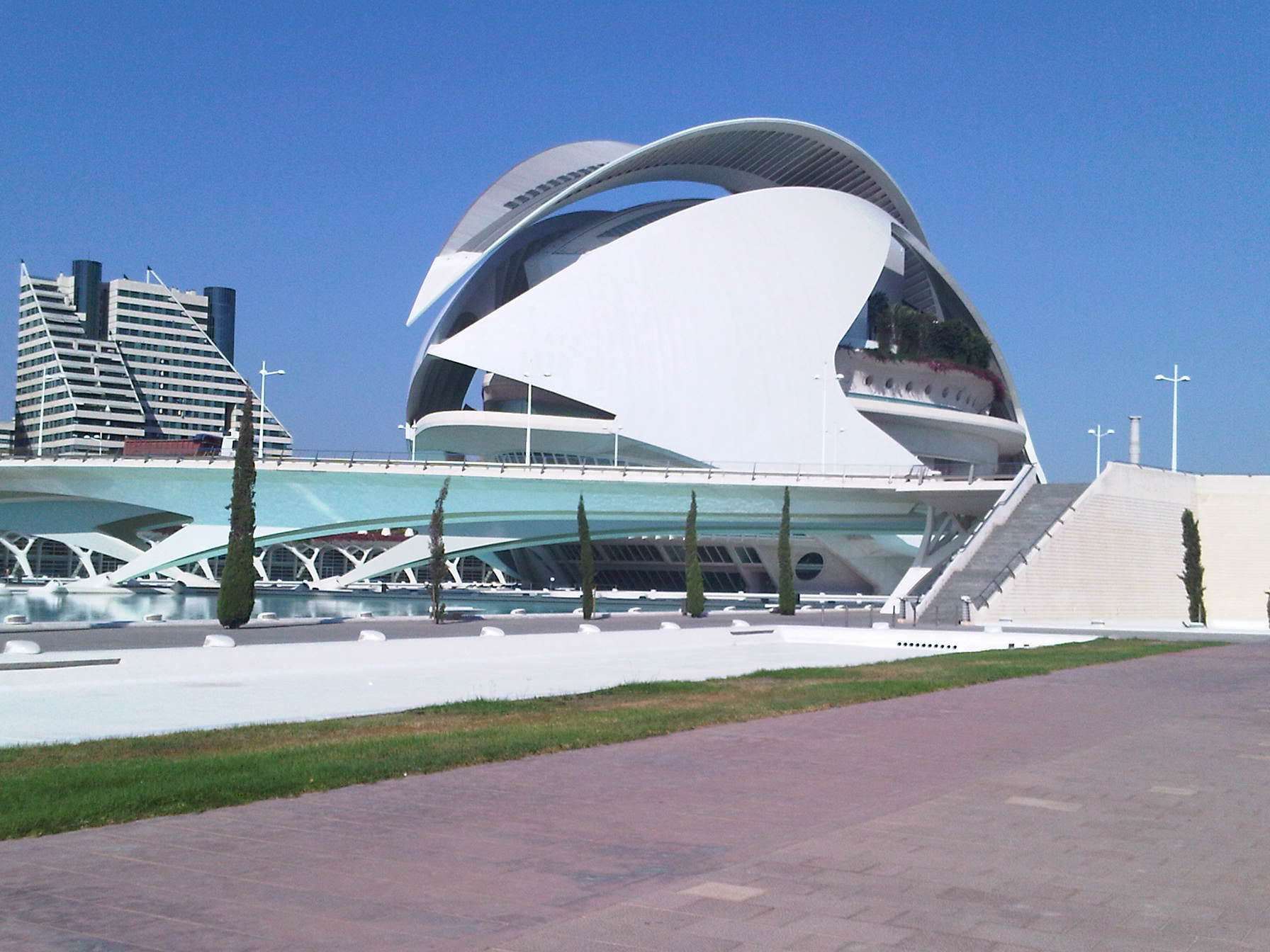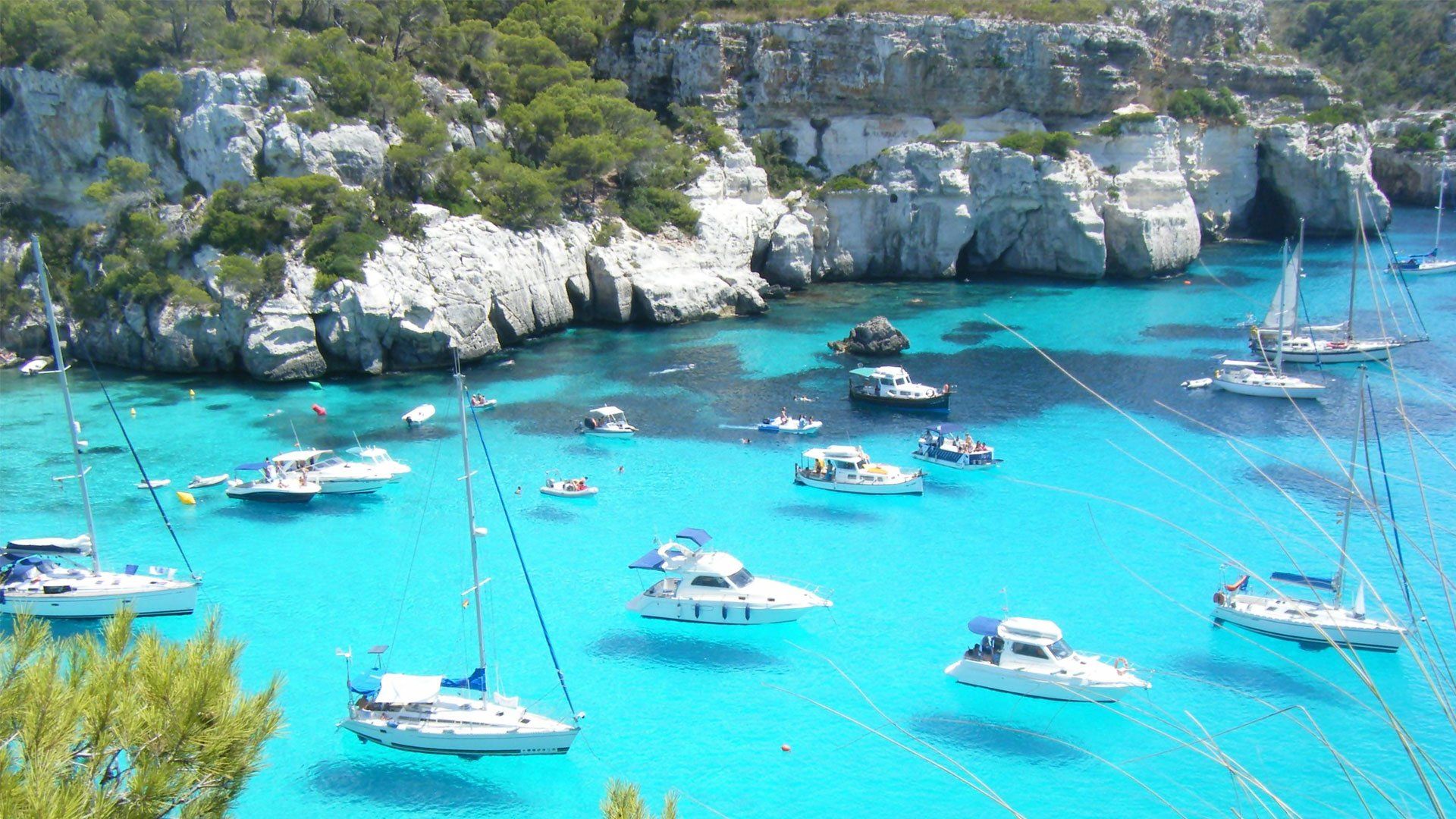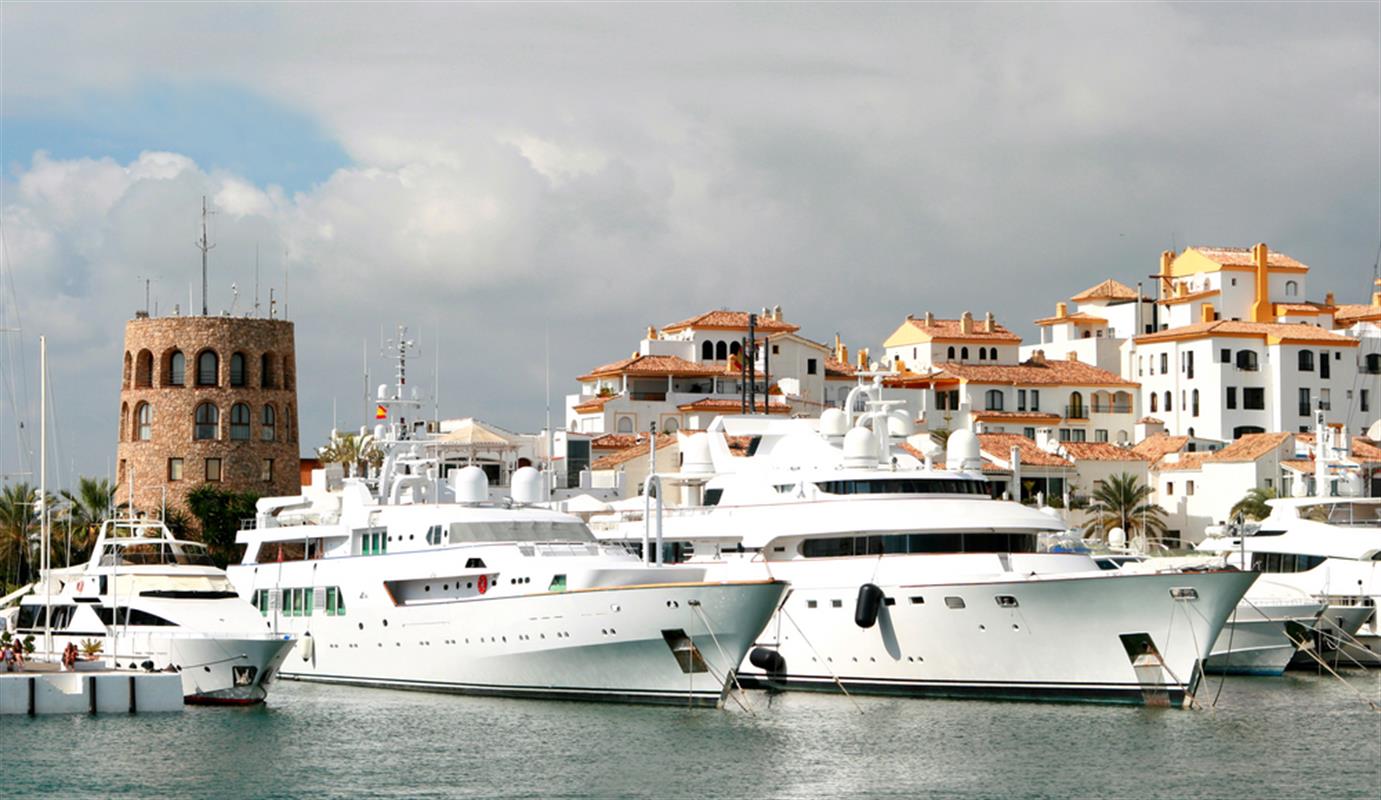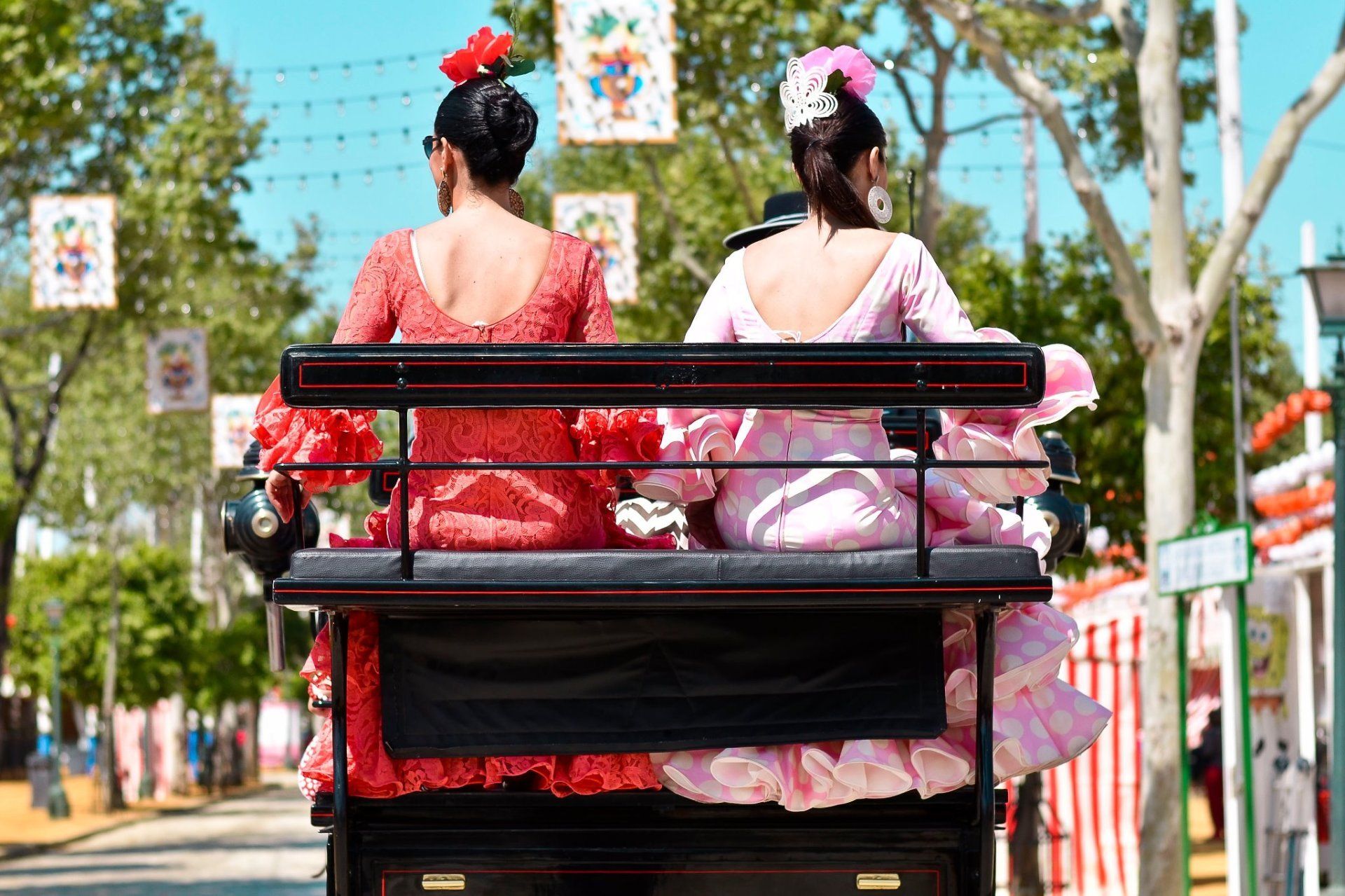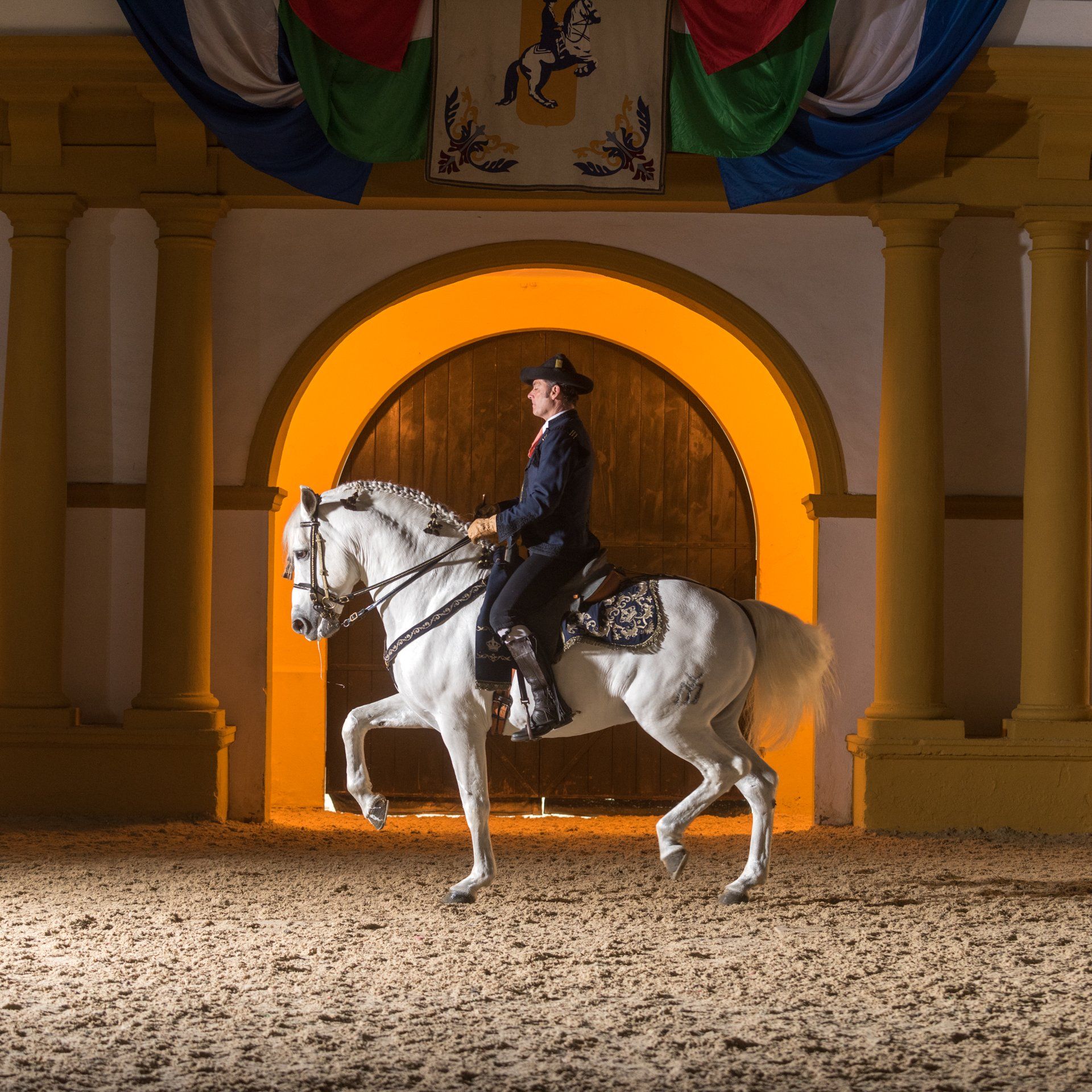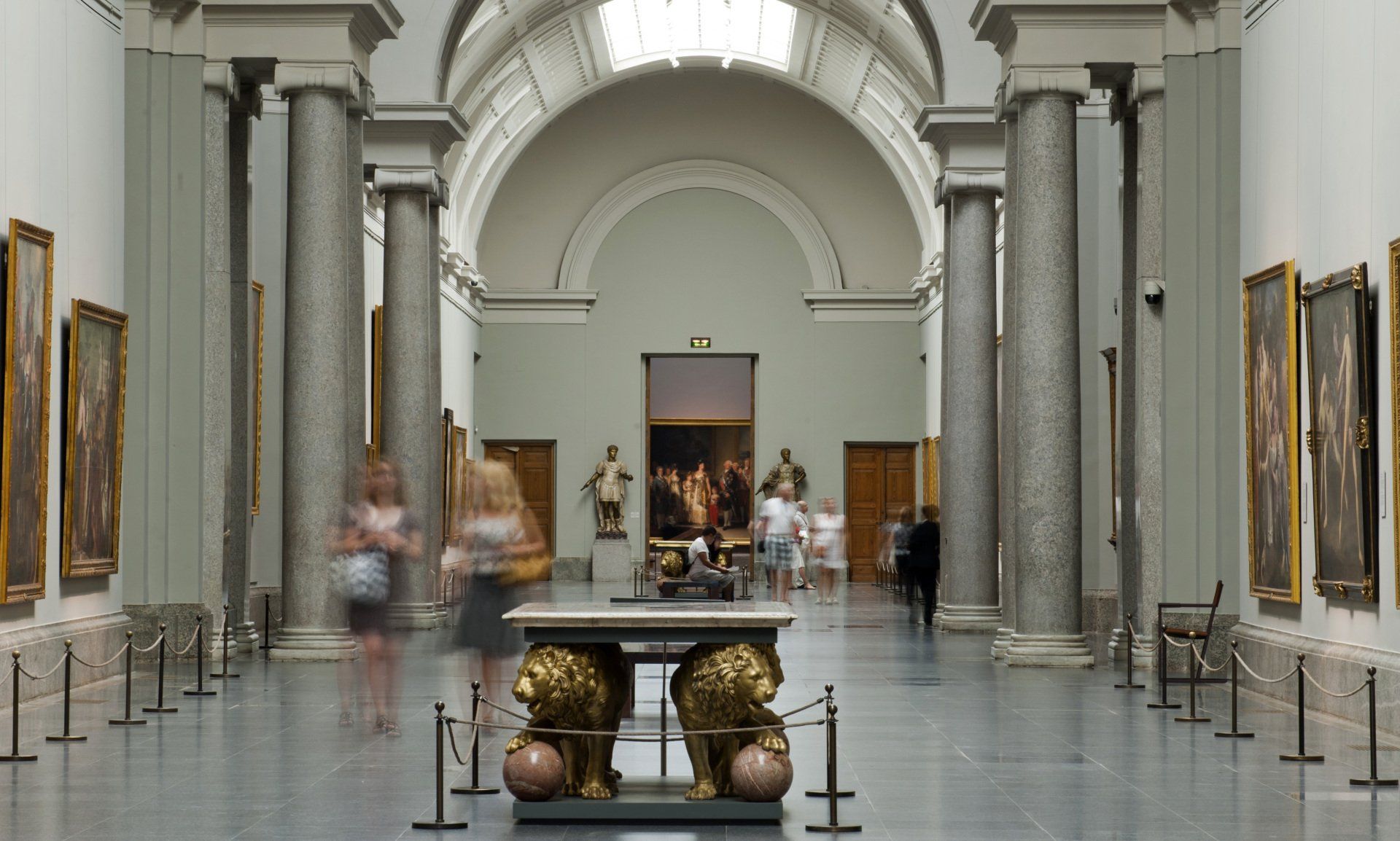Spain Luxury Travel Guide
General Info
Sophisticated and devoted to living the good life, Spain is a country more diverse than you could ever imagine, and the best place to indulge in all the luxuries that life can offer: Beautiful beaches and mountains, vibrant culture, festivals, exclusive shopping, superb accommodation, first class gastronomy and extraordinary.
Impressive mountains, secluded beaches
and monumental cities
Spain is a beautiful country with a diverse culture, climate and landscape, located in the southwest of Europe. Apart from the popular and well known Costas of the south with their endless beaches and mass tourism, you can find secluded natural and mostly unpopulated beaches all along the North Coast, not forgetting the famous black volcanic beaches of the Canaries.
Northern Spain benefits from its wetter climate with lush green valleys and hills stretching across Asturias and Cantabria. Here you will also find many underground cave systems and prehistoric cave paintings. Even in summer expect to see snowy peaked mountains of Picos de Europa and the Pyrenees.
Heading south you will encounter the flatter lands, perfect for wine growing. Spain is blessed with historical landmarks and is the country with the second-largest number of UNESCO World Heritage Sites, after Italy, and the largest number of World Heritage Cities.
In the south of Spain, Andalusia holds many reminders of old Spain. Cadiz is regarded as one of the oldest continuously-inhabited cities in western Europe, with remnants of the Roman settlement that once stood here. Nearby, Ronda is a beautiful town situated atop steep cliffs and noted for its gorge-spanning bridge and the oldest bullring in Spain. Cordoba and Granada hold the most spectacular reminders of the nation's Muslim past, with the red-and-white striped arches of the Mezquita in Cordoba and the stunning Alhambra palace perched on a hill above Granada. Seville, the cultural center of Andalusia, has dazzling collections of sights built when the city was the main port for goods from the Americas, the grandest of which being the city's cathedral, the largest in the country.
Castles and historical treasures
Moving north across the plains of La Mancha into Central Spain, picturesque Toledo stands as perhaps the historical center of the nation, a beautiful medieval city sitting atop a hill that once served as the capital of Spain before Madrid was built.
North of Madrid and an easy day-trip from the capital city is El Escorial, once the centre of the Spanish empire during the time of the Inquisition, and Segovia, noted for its spectacular Roman aqueduct which spans one of the city's squares.
Further north in Castile-Leon is Salamanca, known for its famous university and abundance of historic architecture.
Galicia in northwestern Spain is home to Santiago de Compostela, the end point of the old Way of St. James (Camino de Santiago) pilgrimage route and the supposed burial place of St. James, with perhaps the most beautiful cathedral in all of Spain at the heart of its lovely old town.
Northeastern Spain has a couple of historical centres to note: Zaragoza, with Roman, Muslim, medieval and Renaissance buildings from throughout its two thousand years of history, and Barcelona with its medieval Barrio Gòtic neighbourhood.
Museums, galleries and exhibitions of
classic and contemporary art.
Spain - since the start of the twentieth century - has given the world some of its most emblematic and original artists - notably Picasso, Salvador Dali and Joan Miro, many of whose works can be admired in museums and galleries in different parts of Spain. The main art galleries are located in big cities, notably Madrid (Prado, Riena Sofia), Barcelona (Picaso, National Art Museum of Catalonia) and Bilbao (Guggenheim).
The Spanish language is as diverse as its nature. Not only Spanish is spoken but five languages and many dialects. In Catalonia on the northern coast to the Mediterranean Sea people speak català; in Valencia and its region, people speak valencià; in the Basque Country in the north of Spain people speak euskera; in the west in Galicia galego is spoken and in the rest people normally speak castellan (often referred to as pure Spanish).
Fine cuisine, tapas, excellent wines
and gourmet products.
Two things common across the whole of Spain is the nations dedication to excellent food and fiestas. Eating in Spain is an important social event that is not to be rushed. Sobremesa is the time taken after a meal to enjoy conversation at the table. The Michelin Guide for Spain (and Portugal) 2018 features eight restaurants with a three-star rating, 21 restaurants in the two-star category and 154 restaurants in the one-star. The 3 Michelin star restaurants are: Quique Dacosta (Dénia), Akelare, Arzak, Martin Berasategui (San Sebastian), El Celler de Can Roca (Girona), Azurmendi (near Bilbao), DiverXO (Madrid), Sant Pau (Sant Pol de Mar near Barcelona).
Tapas (Pintox in Basque), small appetisers served throughout the day with drinks are a popular choice. Each region has its own speciality dish and usually each bar has its own speciality tapas. Typical dishes are Fabada, Paella, Gazpacho, Cocido and many other plates based on a large selection of fresh fish and top quality meats. Typical tapas are tortilla, pulpo, croquettes, cured ham, etc.
Spain is also one of the largest producers of quality wine like Rioja, Ribera del Duero, La Mancha, and the famous Jerez sherry, to name a few. All regions of Spain produce, and are famous for, speciality cheeses and cured meats.
Fiestas and celebrations.
Fiestas and celebrations symbolize the very essence of Spain and the Spanish people. In every single city, town and small village there is a festival uniting the locals, usually vibrant, involving elaborate costume and food! The biggest festivals of international fame are the Running of the Bulls -Pamplona, the fireworks of Las Fallas in Valencia, the mock battles of Moros y Cristianos in Alcoy, Semana Santa in all of Andalucia and the massive Feria de Abril in Seville. In all of Andalucia there are bullfighting, flamenco, music and wine festivals whilst in small towns you’ll come across all kinds of festivals such as a snail festival in Lleida, sardine festival in Galicia, seafood festival in O’Grove and a paella festival in Sueca.
THE SANFERMINES - PAMPLONA
From July 6th - 14th every year the Sanfermin fiesta is celebrated in Pamplona. When the chupinazo (ceremonial rocket) is fired the city explodes into life. Thousands of people from all over the world descend on the city, which dresses up in red and white. For nine days the streets turn into a feast of friendship, joy, music and non-stop partying, to the rhythm of the charangas and the peñas.
The Encierro (Bull Run) is the only moment of the day when the party stops, and great tension descends on the route just a few minutes before the bulls start their 'run'. The surge of emotions culminates in the bullring at the end of the run. The fiesta continues with caldico (clear broth) chocolate with churros (long doughnuts), the Gigantes (ceremonial giants) and Cabezudos (carnival figures with big heads), the aperitif, the bullfight in the evening, or the fireworks at night. These then give way to all-night partying.
SEMANA SANTA
Semana Santa, Holy Week is a week-long religious celebration preceding Easter Sunday or Pascua. Elaboratly decorated floats emerge from churches bearing the images of Virgin Mary and the cross of Jesus, and make their way through the streets, carried by a procession of hooded penitents before returning back to the church or Cathedral.
Spain Destination Guides

